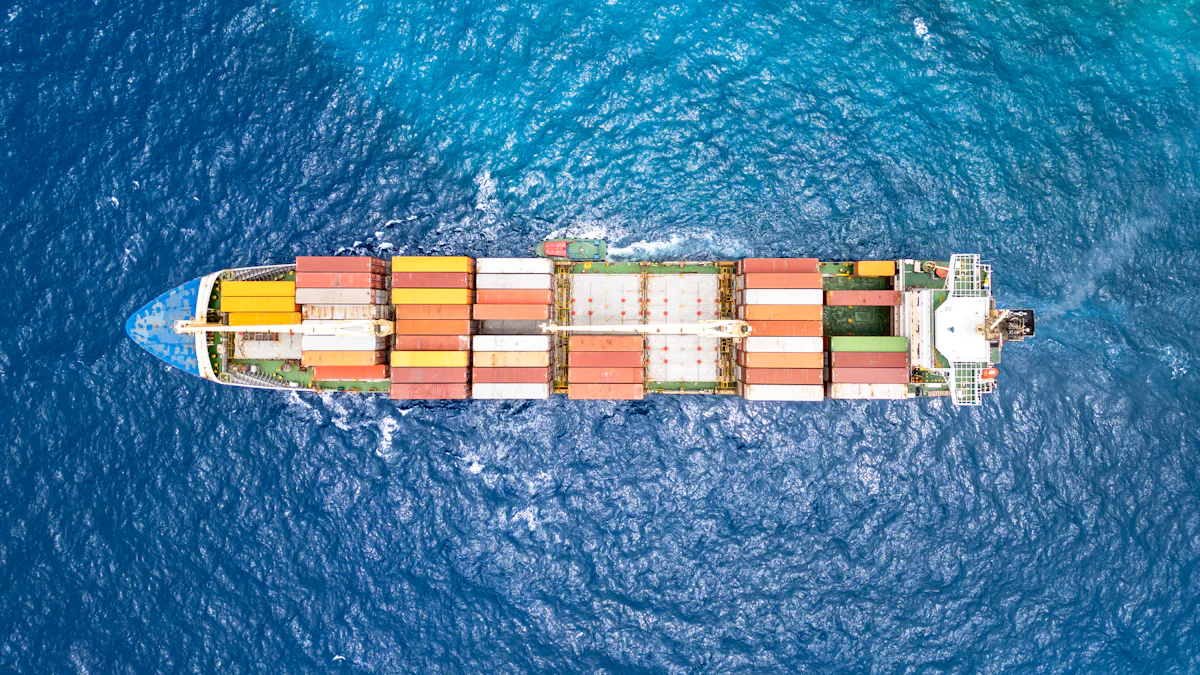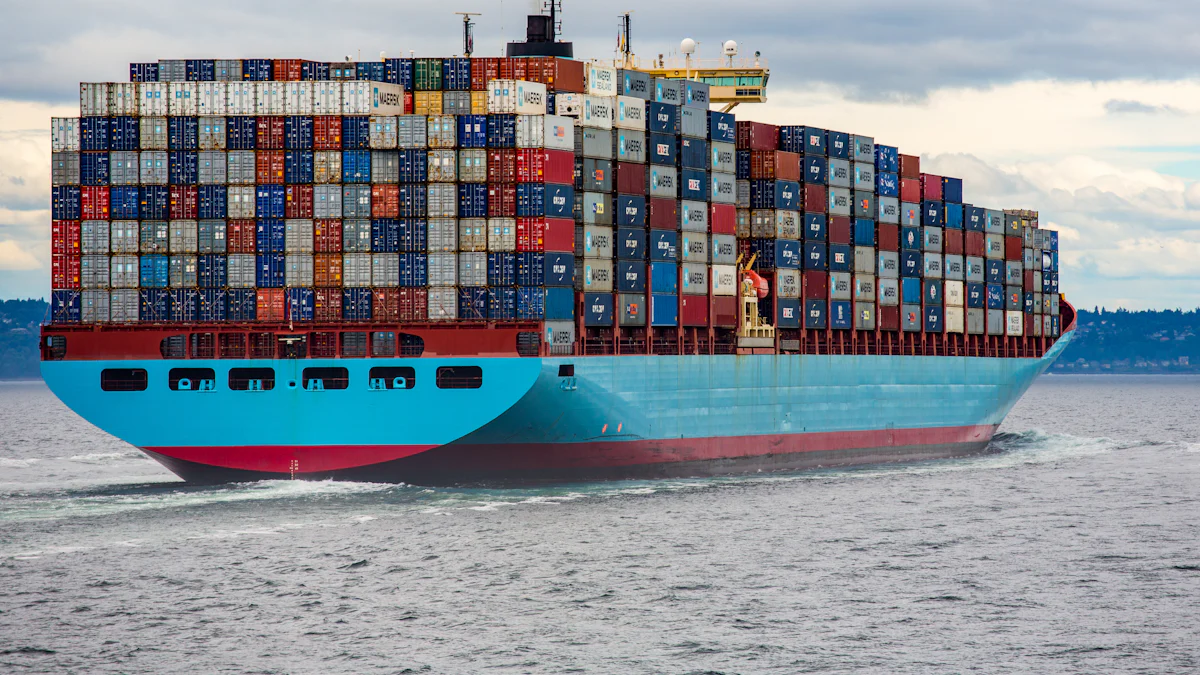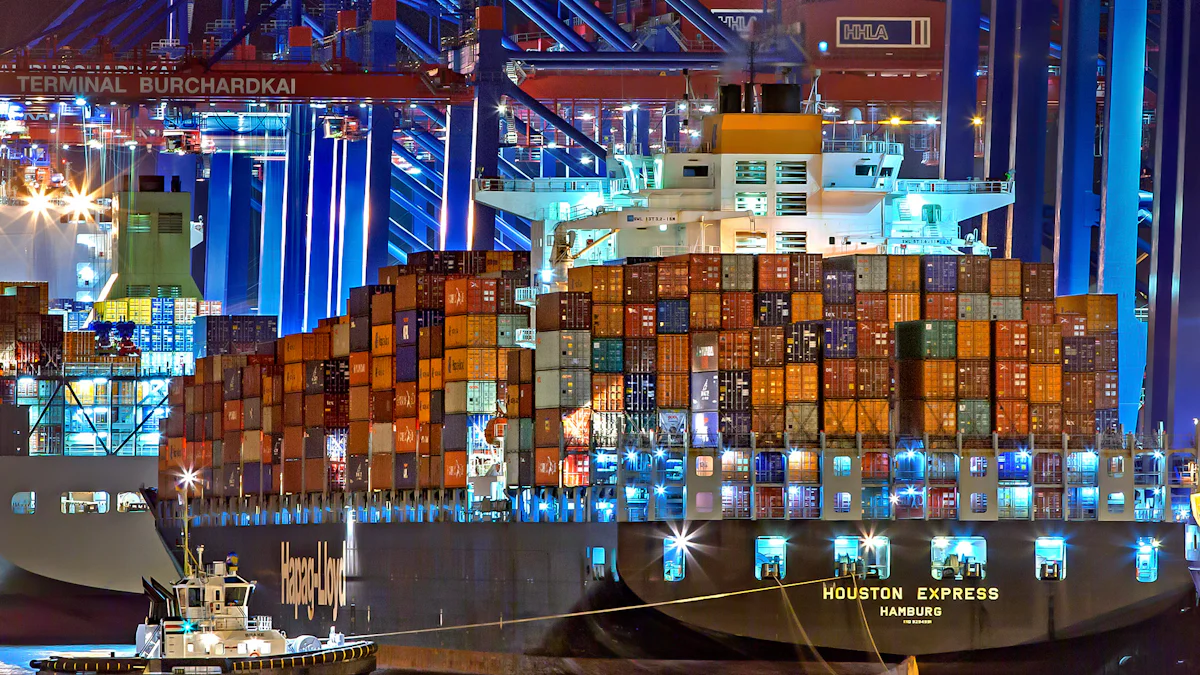The Lifeline of Global Trade: Understanding the Current State and Future of the Shipping Industry

When you think about ocean shipping from China to the USA, the cost can vary widely. For a 20-foot container, you might pay between $2,000 and $3,800. But why such a range? Several factors come into play. Fuel prices can fluctuate, impacting the overall cost. Supply and demand also play a crucial role. When demand spikes, so do prices. Additionally, the specific shipping routes and distances affect the cost of shipping. For instance, a route from Shanghai to Long Beach might differ in price compared to one from Shenzhen.
Key Takeaways
Monitor fuel prices closely, as fluctuations can significantly impact your shipping costs from China.
Understand the dynamics of supply and demand; increased demand can lead to higher shipping rates, so plan your shipments accordingly.
Choose efficient shipping routes to minimize costs and ensure timely delivery, considering factors like distance and congestion.
Stay informed about post-pandemic recovery trends in the shipping industry to adjust your logistics strategies effectively.
Embrace technological advancements, such as JUSDA's JusTrade platform, to streamline your shipping processes and reduce delays.
Be aware of upcoming environmental regulations that may increase shipping costs, and plan your budget to accommodate these changes.
Keep an eye on global economic trends, as they can influence demand for shipping services and affect your overall shipping expenses.
Factors Influencing the Cost of Shipping
Fuel Prices
Fuel prices play a significant role in determining the cost of ocean shipping. When fuel prices rise, shipping companies often adjust their freight rates to cover these increased expenses. This adjustment directly impacts the cost of shipping goods across the ocean. You might notice that during periods of high fuel prices, shipping costs tend to spike. This is because carriers need to manage their operational costs effectively. Fuel surcharges, calculated based on current fuel prices, also contribute to the overall shipping cost. So, when you're importing from China, keep an eye on fuel price trends as they can affect your shipping budget.
Supply and Demand
The balance of supply and demand significantly influences shipping from China. When global demand for goods increases, shipping costs often rise too. This happens because more companies are competing for limited shipping space, driving up prices. Conversely, when demand drops, shipping costs may decrease as carriers lower their rates to attract business. Supply chain disruptions, such as those caused by natural disasters or geopolitical tensions, can also impact shipping costs. These disruptions can lead to delays and increased expenses, affecting your overall shipping strategy.
Shipping Routes and Distance
The route and distance your goods travel from China to the US can greatly affect the cost of shipping. Different routes have varying levels of congestion, weather conditions, and geopolitical factors, all of which can influence shipping costs. For example, a route from Shanghai to Long Beach might be more cost-effective than one from Shenzhen due to shorter distances or fewer obstacles. Additionally, longer routes generally incur higher costs due to increased fuel consumption and time at sea. When planning your shipments, consider the most efficient routes to optimize costs and ensure timely delivery.
Current State of the Shipping Industry

The shipping industry has been on a rollercoaster ride over the past few years. The COVID-19 pandemic threw a wrench into the works, causing disruptions that rippled across the globe. But how is the industry bouncing back? Let's dive into the current state of ocean shipping and see what's happening.
Post-Pandemic Recovery
The pandemic hit the shipping industry hard. You probably remember the chaos it caused with container shortages and delays. By mid-2020, most maritime shipping capacity had returned to 2019 levels. However, the demand for transportation services continued to outstrip supply well into 2021. This imbalance led to increased costs and challenges for those importing from China.
Despite these hurdles, the industry has shown resilience. Global merchandise trade, including shipping from China, continued to grow through the first quarter of 2021. The recovery process has been gradual, but the industry is steadily regaining its footing. As you plan your shipping needs, it's essential to stay informed about these trends and adjust your strategies accordingly.
Technological Advancements
Technology is playing a crucial role in transforming the shipping landscape. Digitalization is no longer just a buzzword; it's a reality that's reshaping how goods move across oceans. Innovations are improving efficiency and cost-effectiveness, making ocean shipping more reliable and accessible.
One standout innovation is JUSDA's JusTrade. This platform leverages cutting-edge technology to streamline customs clearance processes. With JusTrade, you can enjoy hassle-free importing from China, thanks to its intelligent and efficient solutions. The platform's integration of AI and big data ensures that your shipping operations run smoothly, reducing delays and optimizing costs.
As you navigate the complexities of ocean shipping, embracing these technological advancements can give you a competitive edge. By staying ahead of the curve, you can ensure that your goods reach their destination on time and within budget.
Future of Shipping Costs

Environmental Regulations
Stricter environmental regulations are on the horizon for the shipping industry. These changes aim to reduce the significant environmental impact caused by shipping activities. As you might know, the industry contributes heavily to air pollution and greenhouse gas emissions. New regulations will likely focus on reducing these emissions, which could lead to increased costs for shipping companies.
Why? Because compliance with these regulations often requires investment in cleaner technologies and fuels. For instance, the International Maritime Organization (IMO) has set ambitious targets to cut emissions. This means shipping companies will need to adopt new practices and technologies, potentially increasing operational costs. As someone importing from China, you should be aware that these changes might affect your shipping expenses. Staying informed about these regulations can help you plan and budget more effectively.
Economic Trends
Global economic trends also play a crucial role in shaping future shipping costs. The world economy influences demand for goods, which in turn affects shipping rates. When the economy is booming, demand for shipping services typically rises, leading to higher costs. Conversely, during economic downturns, demand may decrease, potentially lowering shipping rates.
China remains a key player in global trade, and its economic policies can significantly impact shipping costs. For example, changes in China's manufacturing output or trade policies can influence the volume of goods being shipped, affecting supply and demand dynamics. As you plan your logistics, keeping an eye on these economic trends can provide valuable insights into potential cost fluctuations.
You've explored the intricate world of sea freight, understanding how factors like fuel prices, supply and demand, and shipping routes shape the shipping cost from China to the US. As you plan your logistics, consider these insights to optimize your strategies. Embrace technological advancements like JUSDA's solutions to streamline your operations. JUSDA, a leader in supply chain management, offers tailored, end-to-end solutions that enhance efficiency and drive success. By leveraging their expertise, you can navigate the complexities of global trade with confidence and ensure your goods reach their destination smoothly.
See Also
Discovering Innovations in Sea Freight Logistics for 2024
In-Depth Look at the Future of LTL Freight
Unlocking AI's Hidden Potential in Logistics Today
Transforming Logistics with AI: A Future Perspective
Get Prepared: Latest Transport Tech Trends for Supply Chains
